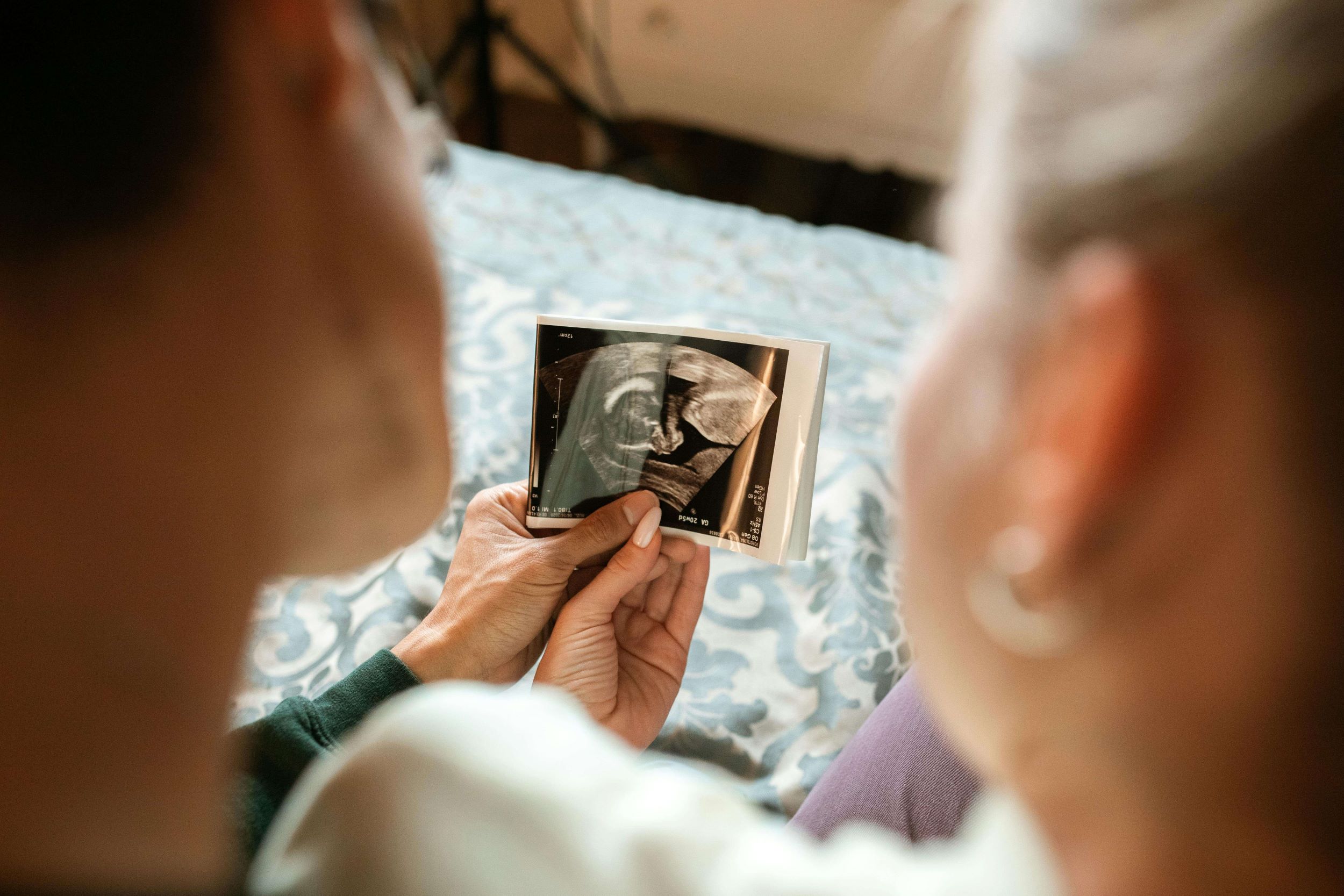Search

This sub-project aims to fill the gap in knowledge of the effects of climate change on child health and wellbeing in Australia, and to propose data-driven adaptation trials to counter the most serious impacts.

Understanding how families engage with screen technologies and how it may influence child development

With 22% of Australian children entering school developmentally vulnerable, The Flourishing Child study is developing a tool to connect parents and carers with support so they can best support their child's flourishing.

Examining the pathways of perinatal maternal mental health that influence child mental health outcomes.

This research aims to examine subfertility in a population pregnancy cohort, analysing the underlying differences between sub fertile couples who conceive naturally, sub fertile couples who conceive using ART or non-IVF, and fertile couples.

Enhancing psychological wellbeing in families from pregnancy to infancy

Can baby’s early movements predict learning difficulties later in childhood?

This project aims to investigate the impact of a non-severe burn injury on children's health for life.

Does eating cashew nut spreads in the first year of life reduce the chances a baby will develop a cashew nut food allergy?

This study explores the role of infant sleep in early childhood development.
